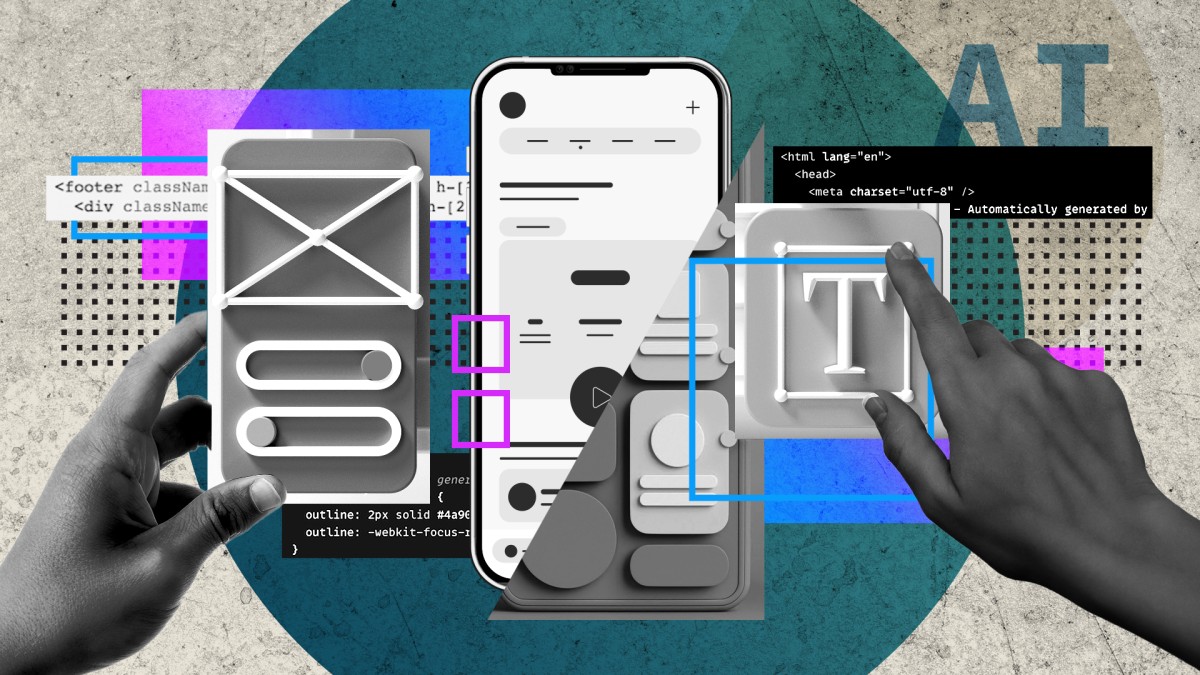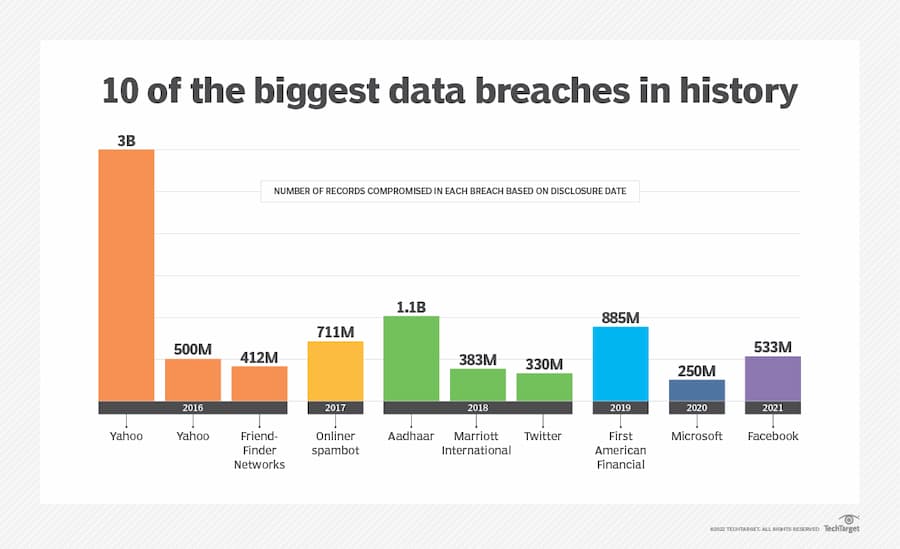How Figma's CEO Plans To Integrate AI Into Design

Table of Contents
Dylan Field's Vision for AI in Design
Dylan Field's vision for AI in Figma centers around enhancing, not replacing, the designer's role. His public statements consistently emphasize AI as a powerful collaborative tool, augmenting human creativity and efficiency. While specific details about ongoing projects remain confidential, Field’s pronouncements suggest a focus on intelligent automation and seamless integration within the existing Figma workflow. His approach appears to be strategic and measured, prioritizing user experience and ethical considerations alongside technological advancement.
- Field's public statements reveal a cautious yet optimistic approach, highlighting the potential for AI to handle repetitive tasks, freeing up designers to focus on higher-level creative problem-solving.
- AI as a collaborative tool: Field's vision is not about AI taking over design; rather, it’s about AI acting as a sophisticated assistant, offering suggestions, automating mundane tasks, and accelerating the design process.
- Strategic initiatives: While specific projects remain largely under wraps, hints suggest that Figma is exploring AI-powered features focused on design suggestions, asset management, and potentially even code generation.
- A balanced approach: Figma's strategy seems to be neither overly aggressive nor overly cautious. It prioritizes responsible integration, ensuring the AI features enhance the user experience without overwhelming designers or sacrificing creative control.
Expected AI Features and Their Impact on Designers' Workflow
Figma's AI integration promises a significant boost to designers' productivity and efficiency. The potential features currently speculated upon will reshape how designers work.
- Automated design suggestions: AI could offer real-time suggestions for layout improvements, color palettes, and typography choices, based on best practices and established design principles. This would speed up iteration and potentially lead to more aesthetically pleasing designs.
- Intelligent asset organization: Figma’s AI could intelligently organize and categorize design assets, making it easier for designers to find and reuse existing elements. This would significantly streamline the design process.
- Code generation: The potential for AI to automatically generate code from Figma designs would bridge the gap between design and development, accelerating the entire product development lifecycle.
- Accessibility improvements: AI could automatically check for accessibility issues within designs, ensuring compliance with accessibility standards and making designs more inclusive.
This evolution in design tools will drastically change the designer’s workflow. While designers will see enhanced efficiency and faster iteration, concerns remain.
- Improved productivity: Designers can focus more on strategic thinking and creative problem-solving instead of tedious manual work.
- Reduced manual tasks: Automation of repetitive tasks will free up significant time for more creative endeavors.
- Enhanced creativity: AI could inspire new ideas and creative solutions by providing alternative design options and insights.
- Potential concerns: The fear of job displacement is valid, but the reality is likely to be a shift in required skills. Designers will need to adapt and focus on high-level strategic thinking, creative direction, and user experience.
The successful integration of AI will require designers to adapt and develop new skill sets. Increased focus on strategy, creative direction, user research, and human-centered design will be crucial in the era of AI-powered design tools.
Competition and the Future of Figma in the AI-Driven Design Landscape
Figma's strategic implementation of AI positions it to maintain its competitive edge in the rapidly evolving design software market. While competitors like Adobe XD and Sketch are also investing in AI, Figma's early adoption and focus on collaborative design could provide a crucial advantage.
- Competitive advantage: By seamlessly integrating AI into its collaborative platform, Figma strengthens its position as the leading choice for teams.
- Impact on the market: The success of Figma's AI integration will likely drive further innovation in the design software market, pushing competitors to accelerate their own AI initiatives.
- Market share and dominance: Figma’s robust AI features could solidify its market leadership and attract new users seeking innovative design tools.
- Long-term implications: The long-term implications are significant, potentially reshaping the industry and forcing other players to adapt quickly.
Ethical Considerations of AI in Design
The ethical implications of AI in design are paramount. Figma must prioritize responsible development to mitigate potential biases and ensure fairness and inclusivity.
- Bias in AI algorithms: AI models are trained on data, and if that data reflects existing societal biases, the AI could perpetuate and even amplify those biases in design outputs.
- Responsible AI: Figma has a responsibility to develop and deploy AI tools that are fair, inclusive, and accessible to all designers.
- Mitigating risks: Transparency and rigorous testing are crucial to identify and mitigate potential biases and risks associated with AI-generated designs.
Conclusion
Dylan Field's vision for AI in Figma is not about replacing designers but about empowering them with innovative tools that augment their creativity and efficiency. The anticipated AI features – from automated design suggestions to intelligent asset organization – promise a significant shift in the design workflow, leading to increased productivity and potentially new creative avenues. While the ethical considerations surrounding AI in design are important and require careful attention, the potential benefits are immense. Figma's strategic move to incorporate AI positions it for continued dominance in the design software market, forcing competitors to innovate and adapt.
Call to Action: Stay informed about Figma's exciting advancements in AI design tools. Follow Figma's official channels for the latest updates on their AI integration plans and learn how you can leverage the power of AI to elevate your design workflow. Learn more about how Figma's CEO plans to integrate AI into design and shape the future of design.

Featured Posts
-
 Conor Mc Gregors Latest Fox News Appearance What Happened
May 12, 2025
Conor Mc Gregors Latest Fox News Appearance What Happened
May 12, 2025 -
 Federal Investigation Millions Lost In Corporate Email Data Breach
May 12, 2025
Federal Investigation Millions Lost In Corporate Email Data Breach
May 12, 2025 -
 Jessica Simpsons Heartbreak Mourning The Loss Of Her Marriage
May 12, 2025
Jessica Simpsons Heartbreak Mourning The Loss Of Her Marriage
May 12, 2025 -
 Increased Q1 Profit And Dividend Announcement From Telus
May 12, 2025
Increased Q1 Profit And Dividend Announcement From Telus
May 12, 2025 -
 Bitter Einde Voor Bayern Muenchen Thomas Muellers Vertrek Een Verlies Voor De Club
May 12, 2025
Bitter Einde Voor Bayern Muenchen Thomas Muellers Vertrek Een Verlies Voor De Club
May 12, 2025
Latest Posts
-
 Cubs Vs Dodgers Prediction Will La Remain Unbeaten At Home
May 13, 2025
Cubs Vs Dodgers Prediction Will La Remain Unbeaten At Home
May 13, 2025 -
 Are You Safe Doom The Dark Age Spoilers Spreading Online
May 13, 2025
Are You Safe Doom The Dark Age Spoilers Spreading Online
May 13, 2025 -
 Street Date Violation Doom The Dark Age Spoilers Unleashed
May 13, 2025
Street Date Violation Doom The Dark Age Spoilers Unleashed
May 13, 2025 -
 Major Doom The Dark Age Spoilers Surface Due To Early Releases
May 13, 2025
Major Doom The Dark Age Spoilers Surface Due To Early Releases
May 13, 2025 -
 Avoid Doom The Dark Age Spoilers Street Date Breach Reported
May 13, 2025
Avoid Doom The Dark Age Spoilers Street Date Breach Reported
May 13, 2025
